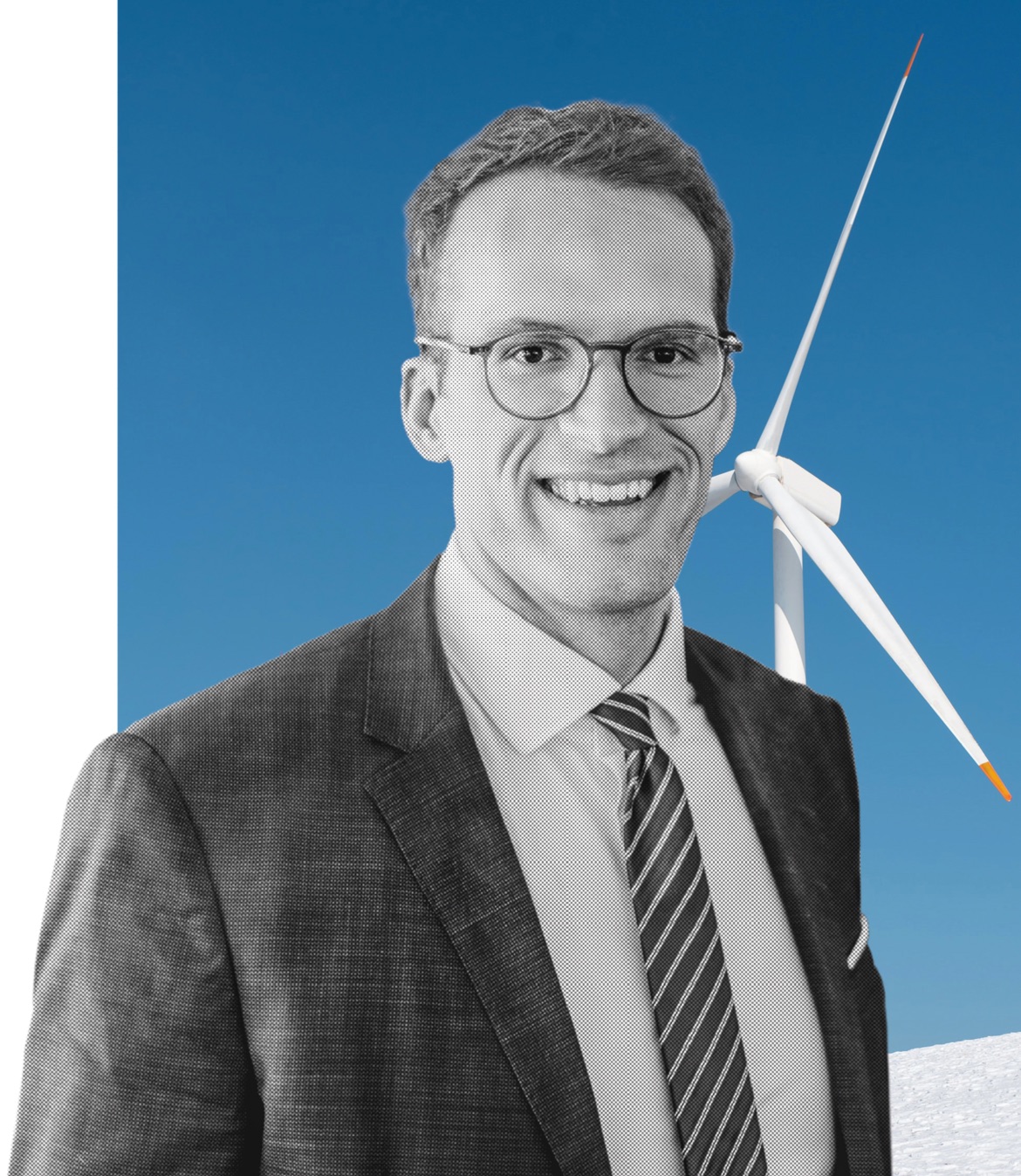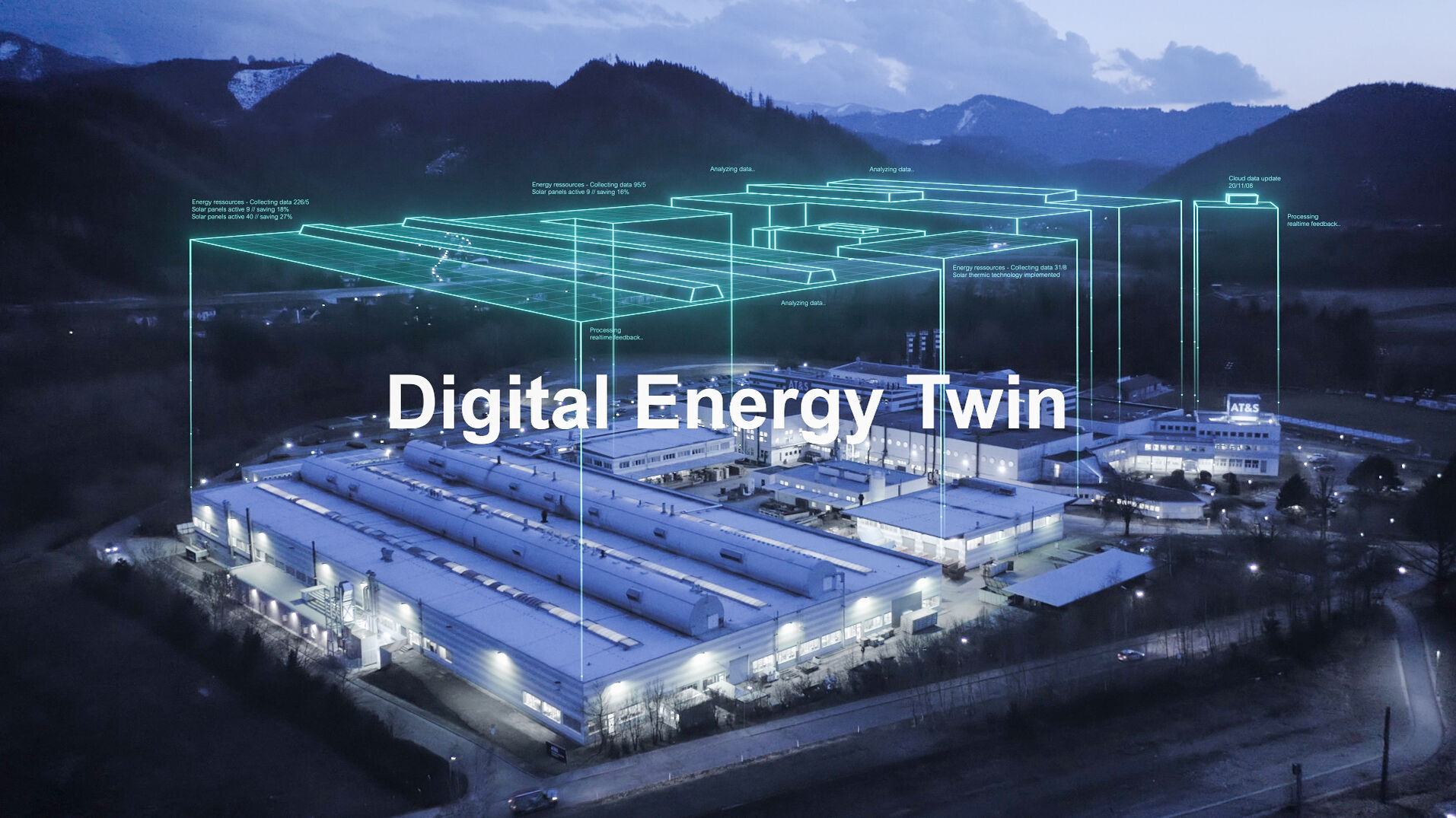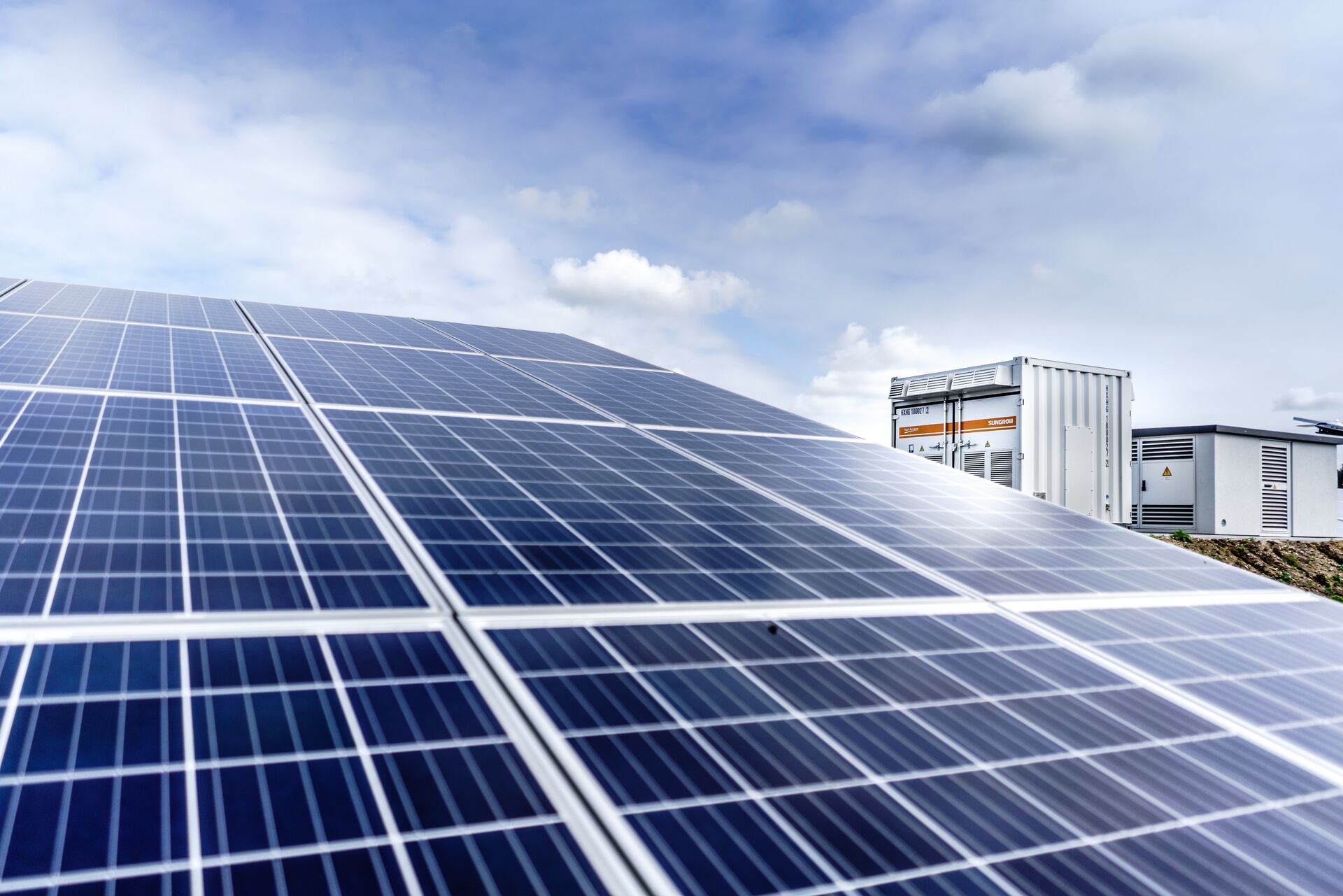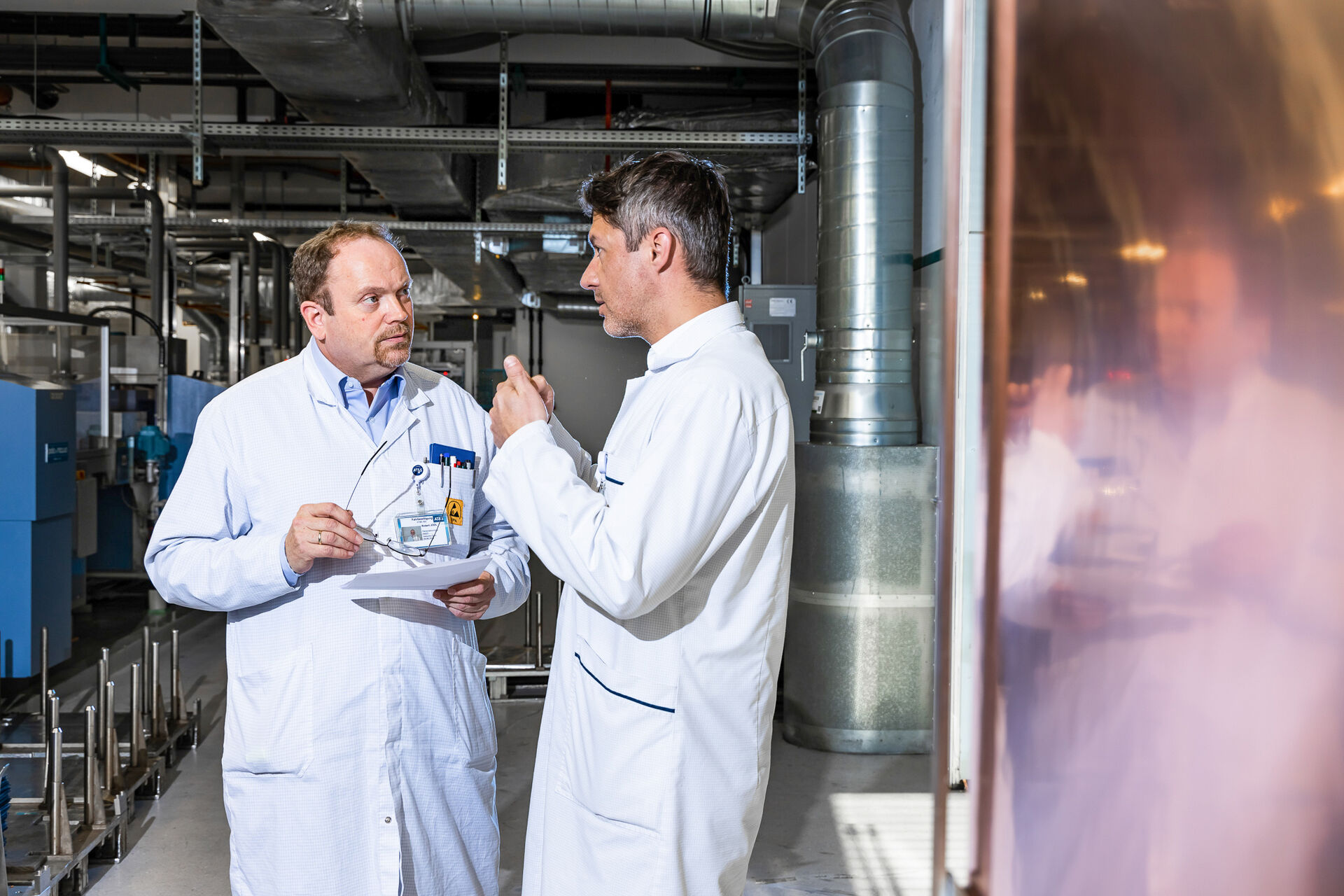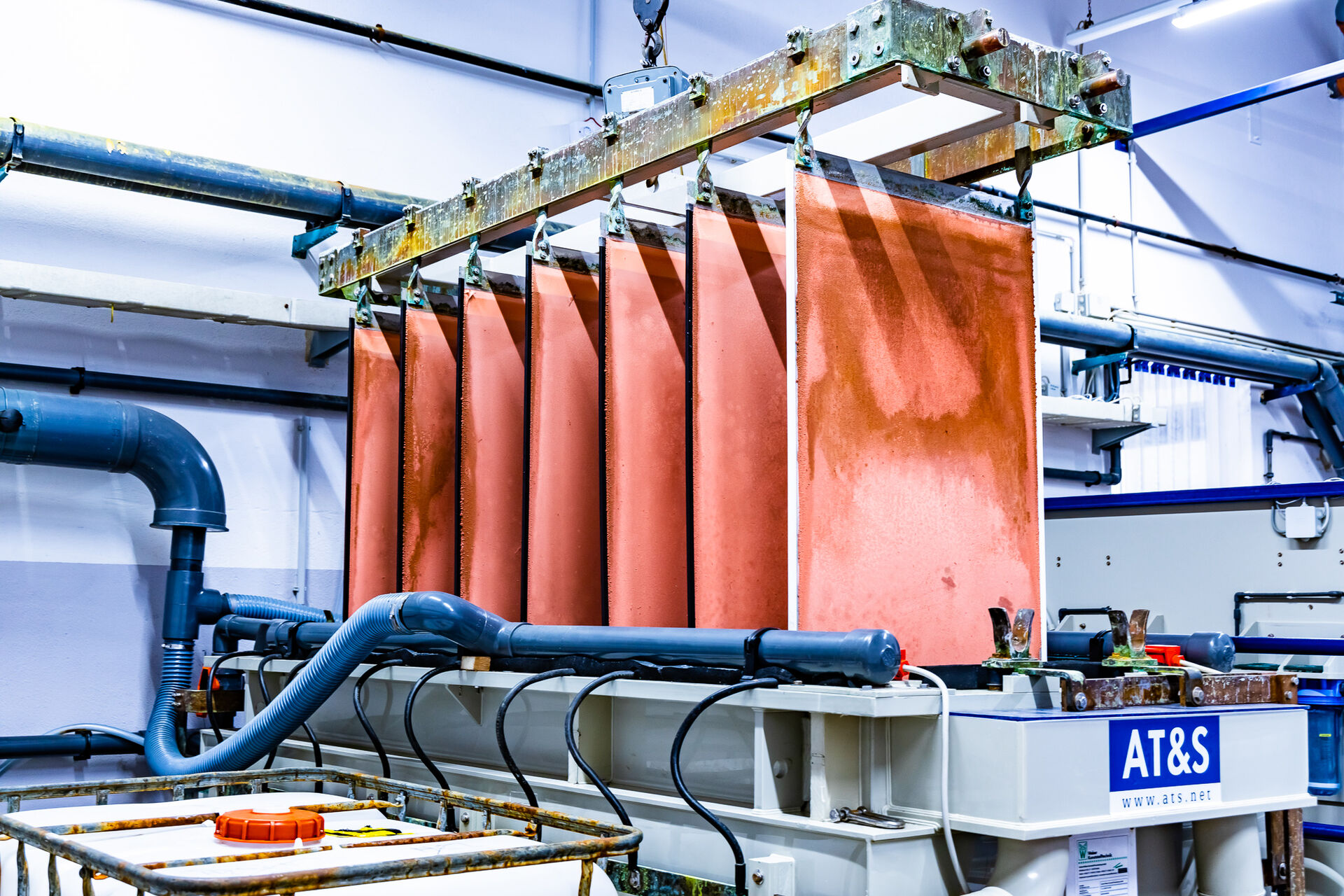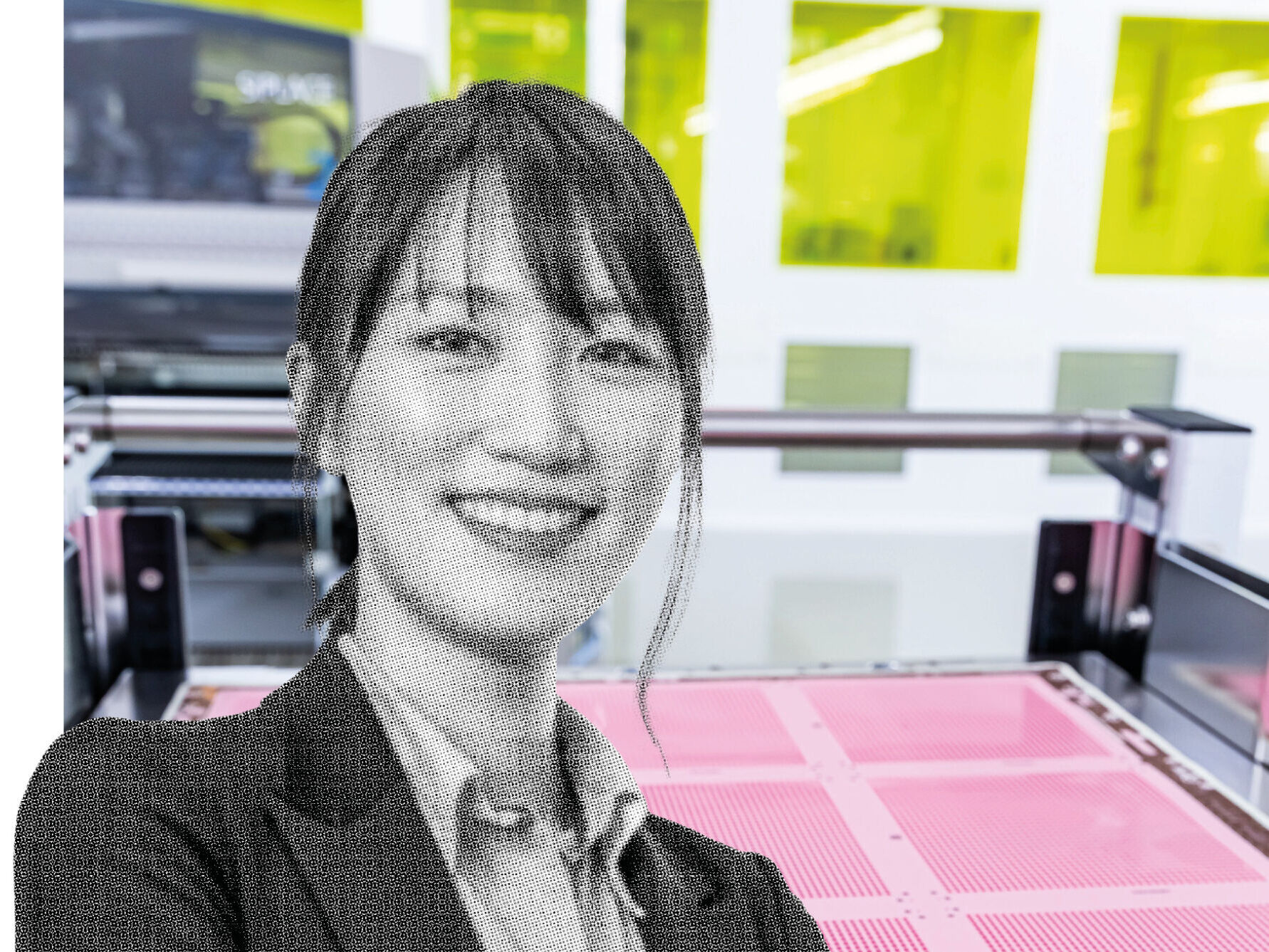Intelligently managing the climate transition
Microelectronics plays a central role in the implementation of the climate goals. It enables the establishment and efficient operation of sustainable energy systems. But we also take care to reduce our own environmental footprint.
TRAILBLAZER FOR THE GREEN DEAL.
Based on the Paris Climate Agreement of 2015, the EU aims to achieve climate neutrality by 2050. Making the energy transition work ‒ above all the switch to renewable energy and systematic resource conservation ‒ is one of the crucial elements on the road to success. Microelectronics plays a key role in the entire chain, from electric energy production to energy transmission and energy consumption by end users. It comes into play wherever energy is converted into power, whether it’s electric vehicle drives, the conversion of wind energy to “green hydrogen” or the production of synthetic fuels. And it contributes to measuring, analysing and controlling increasingly complex processes. Only by using intelligent digital solutions can renewable energy from different sources be fed into the system, stored and distributed as needed. This is the absolute prerequisite for more energy efficiency.
One innovative example of smart energy management is used at AT&S itself: the “Digital Energy Twin” is part of our energy strategy (see below). Using simulation tools, it will be possible to digitally model the energy requirements for our production in the future. At the same time, fluctuations in the availability of renewable energy sources in energy production will also be mapped. The goal is to optimise process-related energy demand with the help of the digital twin and to optimally integrate renewable energy into the process. To this end, data from real production is transferred to the digital twin of the factory, modelled there, and validated. Subsequently, the results are transferred back to the production line.
TRANSLATING RESPONSIBILITY INTO ACTION.
For us as a globally operating company, expansion also means a growing responsibility for people and the environment. Today, we face challenges in more and more areas of sustainability, and our core topics ‒ climate protection and circular economy, decent work, and a sustainable supply chain ‒ are continuously gaining importance. We accept this great challenge conscientiously and with our fullest commitment. This mindset is reflected in both our sustainability strategy and in the wide range of measures which we successfully launched in 2021/22. One of our main goals is to reduce our own ecological footprint.
POSITIVE ENERGY: On this journey, the AT&S energy strategy plays an important role. Its goal is to obtain 80% of the energy we need from renewable sources by 2025 (including hydroelectric power plants). We also attach special importance to increasing our energy efficiency. One of the working packages specifically focuses on reducing the product lines’ energy consumption by 20% as part of the energy strategy. In a cooperation project, AT&S and its suppliers are working on identifying energy saving potential in older production machines, which is higher in comparison to new machinery. Two pilot facilities for copper plating, located at the Shanghai plant and at the site in Leoben, were selected as part of the project launched in July 2021. Potential energy savings have already been calculated and measures have been selected based on the specialist knowledge and experience of the machine suppliers and the production specialists. Thanks to its close collaboration with suppliers and an innovative combination of IoT software solutions and hardware optimisation, AT&S will be able to further decrease total energy consumption and to achieve our climate goals.
Malaysia: solar power for climate protection.
Energy for the AT&S plant in Kulim will be provided by photovoltaic systems in the coming years, which will already cover 50% of the new AT&S plant’s energy consumption when production starts. The share of renewable energy is expected to rise to 150 GWh by 2025 and increase further as power consumption increases during the ramp-up. The rooftops of the production building will also be equipped with photovoltaic systems. By 2030, the savings will be increased through additional efficiency measures. AT&S CEO Andreas Gerstenmayer welcomes the initiative for renewable energy: “AT&S is committed to the principles of environment, social and corporate governance (ESG). It is therefore a very important step for us to rely on solar energy to operate our plant in Kulim.”
large-scale water conservation.
Whether for cooling machinery or for manufacturing our high-end interconnect solutions: water is indispensable for the production process at AT&S. At the same time, it is an increasingly scarce resource worldwide. Therefore, the sustainable use and treatment of water must be in everyone’s interest ‒ and is also at the top of the agenda at AT&S. Initiated in the financial year 2019/20, our water strategy addresses a sustainable water policy aiming to reduce consumption and to optimally recycle withdrawn water. Our measures include the treatment, processing and recycling of this precious resource, for example through biological and chemical-physical wastewater treatment plants. Efficiency projects are underway for both the plant in Kulim and the new research centre in Leoben, aiming to reduce water consumption by up to 30% compared with conventional operations. All measures are planned in detail and partially tested for their feasibility on a laboratory scale prior to implementation.
